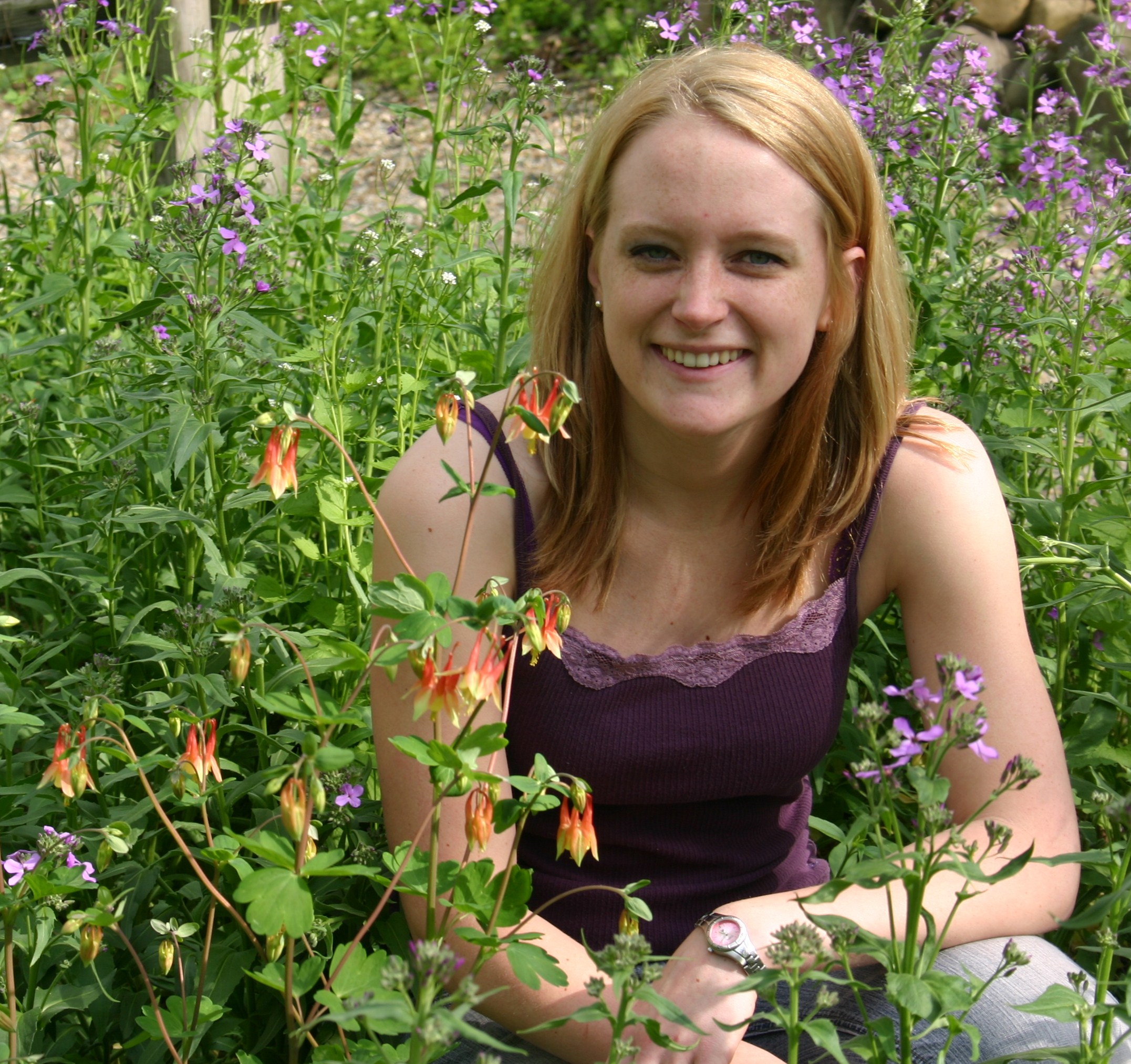


currently unavailable Star magnolia represents one of the coolest magnolias on planet Earth. Found as chance seedlings in Japan, this wild magnolia survives as a mountainous species as a shrub growing in the forests of Japan. It has been widely cultivated in North America. When I first saw the trees, it quickly became my favorite magnolia. I planted one at the first house I ever owned and had my mother and father stand in front of it while I took a picture. Star magnolia surprisingly has a lot of forms of it and some have gone to the trouble of finding and growing these forms both from cuttings and seeds. When I was in the Magnolia Society, I frequently purchased seeds of those plants people had experimented with and I sprinkled the seedlings around my barn and farm. In the spring, it is quite lovely to see these trees in full flower underneath my Oklahoma bur oaks.
Star magnolia does have some seed selections and I chose the tree like ones with strong central stems. These still have the multi-petaled light pink or white petals in great clusters throughout the tree but they also have a single tree like appearance that can be limbed up like a crabapple tree. This combination shows the vigor of this strain and was initially hybridized for this purpose. This seed strain has possibilities as a street tree as well as other urban conditions where soil is poor. The species tolerates a wide range of soil types and is quite drought tolerant, growing in sand and rock easily.
To germinate the seeds: Magnolia seeds rot easily so you have to be careful not to store them in too moist of a soil mix when refrigerating. The seeds also break down easily so you do not want to overly dry them if you processing them yourself. I clean these very well, dry a little bit and then store in sand. Often I will remove them from the sand and clean in light soapy water just in case of some rotting occurring due to residues left on by the seed case. After 90 days in cold stratification, the seeds can then be brought to room temperature then sprouting will occur after one week and go through for a month or more. The seeds will sprout a white root first and the seeds needs to be covered by 1/4 inch of sandy soil. The seed will then pop new cotyledons out of the soil and then a top will go from there. Careful not to break off the roots if they go too long in storage.
| Plant Specs |
| Genus & Species |
Magnolia stellata |
| Seed Source |
Michigan |
| Height (ft) |
20 Ft. with equal width |
| Pollination Requirements |
For seed production, it is best to have several individuals. It will cross with Loebner magnolia too. |
| Soil |
One of the best magnolias for dry and alkaline soils. |
| Climate |
Zone 3-8 |
| Ease of Cultivation |
Probably one of the cold hardiest magnolias. Has done extremely well at my farm and could be used more in windbreaks, ornamental urban trees and other flowering tree applications in landscapes. This seed selection has been the best for me so far exceeding in growth rate of other star magnolias. One of my favorite trees in bloom. Good seed set with this strain so can be continued non-clonally. |

